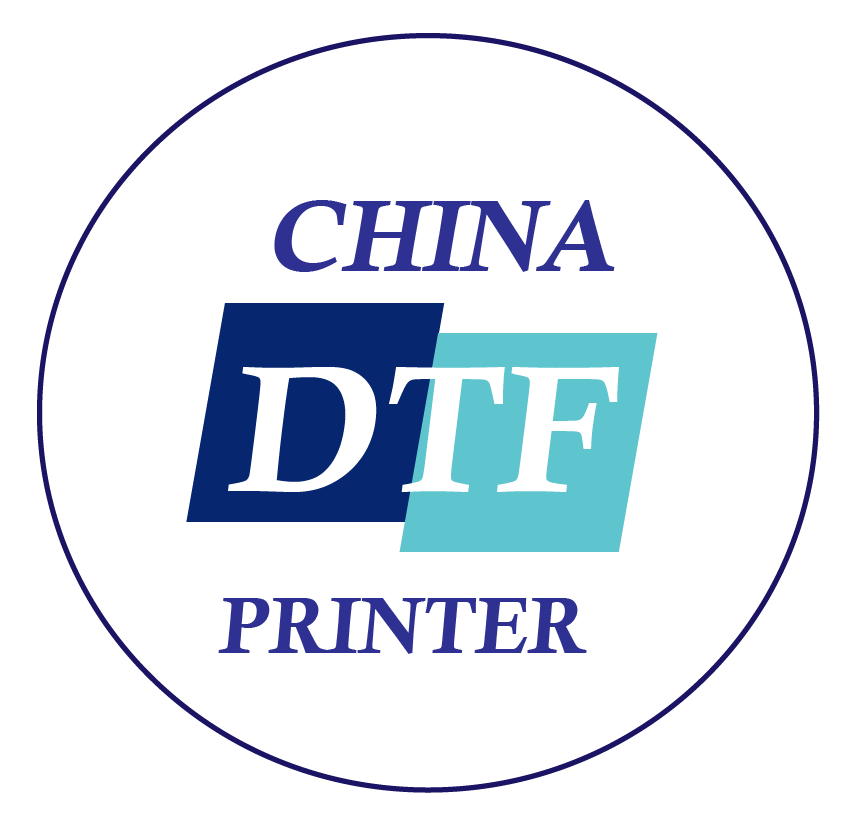In the realm of textile printing, the emergence of Direct to Film (DTF) printing has brought about a revolution in the industry. DTF printing offers unparalleled flexibility, allowing for intricate designs and vibrant colors to be transferred onto a wide array of fabrics with ease. However, like any printing process, understanding and managing the costs associated with DTF printing are essential for businesses to thrive in this competitive landscape.
Understanding DTF Printing
DTF printing involves transferring designs from a specialized film onto textiles using heat and pressure. This process enables high-quality prints with intricate details and vibrant colors, making it a preferred choice for custom apparel, fashion, and promotional items.
Factors Influencing DTF Printing Costs
- Film Costs: The primary consumable in DTF printing is the film. The quality and type of film used directly impact the final print quality and overall costs. High-quality films may come at a higher price but can result in superior prints, minimizing reprints and wastage.
- Ink Expenses: DTF printing utilizes specific types of inks designed for textile applications. Understanding ink consumption per print job is crucial for cost estimation. Additionally, the choice of ink supplier and ink type (water-based, eco-solvent, or UV-curable) can affect costs and print longevity.
- Equipment Investment: Investing in DTF printing equipment is a significant upfront cost for businesses. Factors such as printer quality, size, and additional features like automated film feeding systems or precision heating elements can influence initial investment and ongoing maintenance expenses.
- Labor Costs: Skilled labor is essential for efficient DTF printing operations. Labor costs encompass not only salaries but also training expenses to ensure proficiency in operating DTF printers, handling films, and performing maintenance tasks.
- Energy Consumption: DTF printers require electricity to operate, contributing to operational expenses. Employing energy-efficient practices and investing in modern, energy-saving equipment can mitigate these costs over time.
Strategies for Cost Optimization
- Streamlined Workflow: Optimizing workflow processes, from design preparation to print execution, can minimize downtime and increase productivity, ultimately reducing overall costs.
- Material Efficiency: Maximizing film usage efficiency and minimizing ink wastage through proper calibration and maintenance of printing equipment can lead to substantial cost savings.
- Bulk Purchasing and Supplier Negotiation: Negotiating favorable terms with film and ink suppliers, including bulk discounts and loyalty programs, can help lower recurring expenses.
- Investment in Training: Well-trained staff can operate equipment more efficiently, reducing errors and minimizing costly reprints. Investing in ongoing training ensures that employees stay updated with the latest techniques and best practices.
- Regular Maintenance: Proactive maintenance of DTF printing equipment can prevent costly breakdowns and extend the lifespan of machinery, reducing repair and replacement expenses in the long run.
Conclusion
DTF printing offers unparalleled versatility and quality in textile printing, but it comes with its own set of costs and challenges. By understanding the factors influencing DTF printing costs and implementing strategies for optimization, businesses can maximize efficiency, minimize expenses, and stay competitive in this dynamic industry. Embracing a holistic approach that encompasses equipment investment, material management, workforce training, and operational efficiency will pave the way for sustainable growth and success in the realm of DTF printing.
